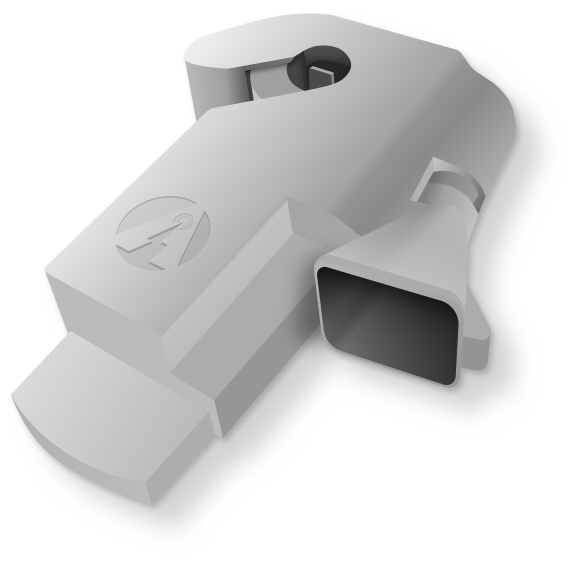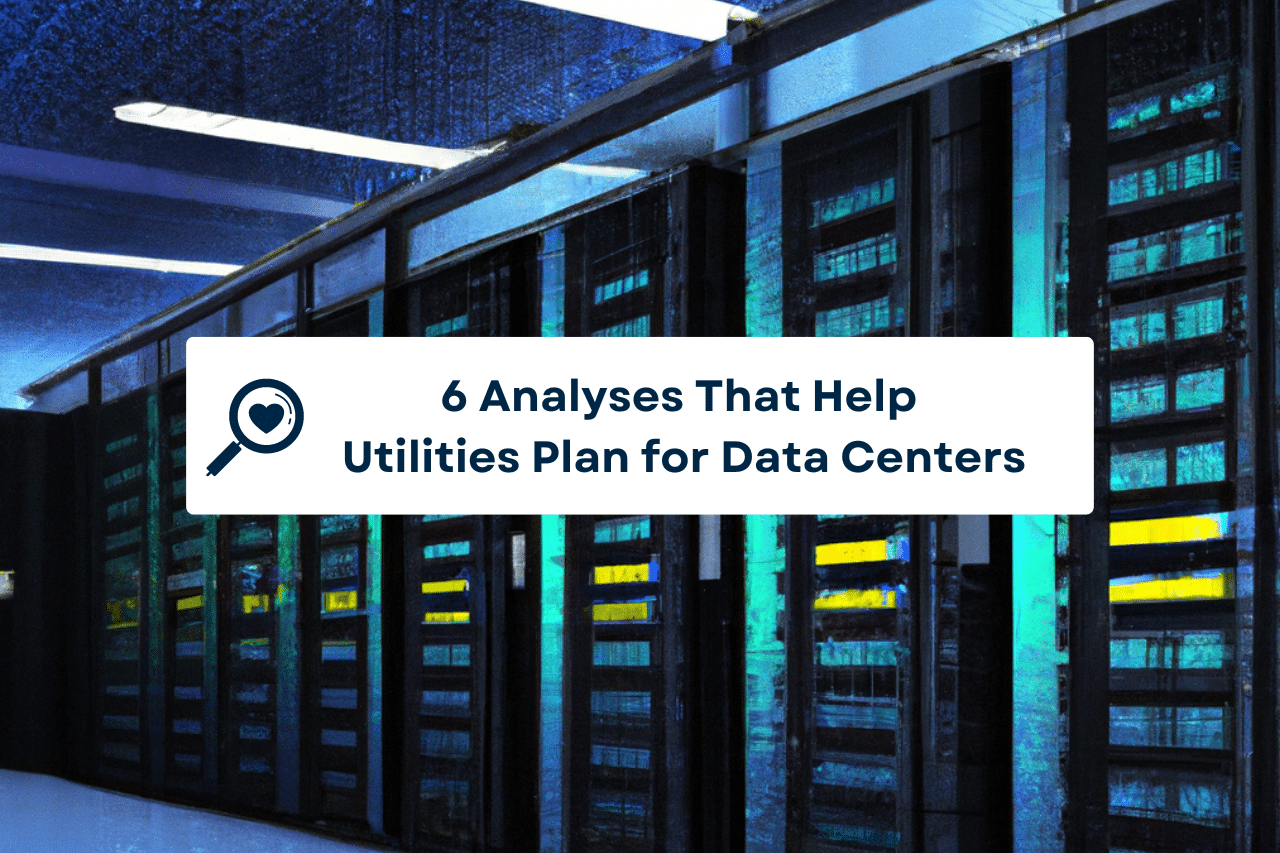
When we began Awesense, the biggest problem that we had was obtaining data. As an industry we’ve had SCADA systems for many decades, and AMI was just starting to be deployed. Now, AMI is has nearly 60% penetration in the United States, but we’ve seen that this does not solve visibility issues across the distribution grid. AMI and SCADA combined still leave a lot of complicated assets between the substation and the residential, commercial, or industrial meter to monitor and understand. Within this area, visibility is virtually non-existent.
When we started, grid sensors were close to the $10K range for something that could be deployed on the medium voltage distribution grid. We asked ourselves if a 10X improvement in cost was possible, and through many years of research, development, and determination we were able to accomplish this. A sensor that can be deployed on live lines, IoT connected, has energy harvesting to remain in the field indefinitely, deployable and removable from the ground, and measures multiple parameters with two-way power-flow for a DER future.
One thing we’ve heard from the industry, and especially given the DoE Sensor Technologies and Data Analytics Program, is that the future of energy and a heavily integrated Distributed Energy world needs more cost effective sensors. With extreme-weather events growing in number and tenacity, responding to and solving issues arising from these events has to be done in an automated way. After having achieved a 10x improvement to get to around $1000, we asked ourselves if we could do that again to get to $100. Based on the scale of the need in the industry, this would mean a game changer and a huge leap forward. The goal of $100 per measurement point in the grid seemed impossible to reach at the time.
After further research and development and based on our further experience we now know that we will be able to reach this goal. A further redesign that we are working on, as well as further manufacturing scale, will get us to that mark. As we are already getting closer, we believe we do not need to wait any longer to offer the market access to cheap sensors. For this reason we are announcing that effective immediately are offering our Raptor 3 grid sensors for $99 each in combination with our situational awareness and analytics platform, True Grid Intelligence (TGI).
There’s no doubt that transitioning to decentralized generation is a herculean challenge. A challenge that requires not just more data, but a means of making sense of that data. With Awesense’s field-proven sensors, alongside our software, we want to make this transition a little easier for the electric industry.
Covering large swaths of the currently un-monitored distribution grid with sensing technology is only possible and worthwhile if they perform multi-modal measurements, integrate with existing operations, communicate in real-time and are affordable enough to make large-scale installations cost-effective.

With $99 Raptor sensors, we’ve achieved this goal, and driven by a constant desire to solve the Distributed Energy problem and climate change, will continue development on the next improved version of our sensors, so every utility can achieve a truly digital grid.
To get ahead of Distributed Energy and to access an entirely new way of operating your grid, contact: info@awesense.com.com.



